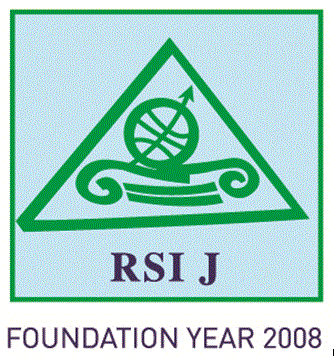G. Jason JOLLEY
Assistant Professor and MPA Director, Ohio University, Voinovich School of Leadership & Public Affairs
jolleyg1@ohio.edu
Anirudh V.S. RUHIL
Associate Professor, Ohio University, Voinovich School of Leadership & Public Affairs
ruhil@ohio.edu
Stephen KLEINSCHMIT
Assistant Professor, Western Michigan University, School of Public Affairs and Administration
stephen.kleinschmit@wmich.edu
Aleksey KOLPAKOV
Assistant Professor, University of Nevada, Reno, Political Science Department
akolpakov@unr.edu
Abstract
In an age of increased competition for economic growth, attracting destination retail is becoming an increasingly popular development strategy. Local governments engage in inter-jurisdictional competition to attract large-scale retail outlets, which may also serve as a lucrative source of local government sales tax revenue. This study uses a natural experiment design to examine sales tax revenue collections in a seven county region in the state of North Carolina in the United States focusing on the entrance of the Tanger Outlet Mall in Alamance County. After its opening, the county experienced several years of increased sales tax collections, particularly for apparel, relative to the surrounding region. Our evidence suggests that destination retail may prove a desirable strategy for promoting development, though we posit that structural changes in retail and apparel markets, as well as state tax policies, may work to undermine the utility of this approach as means of generating local tax revenue.
Keywords: Tanger, outlet malls, sales tax, LOST, destination retail
JEL classification: H73, H2, R5, R1, L81, Z38
